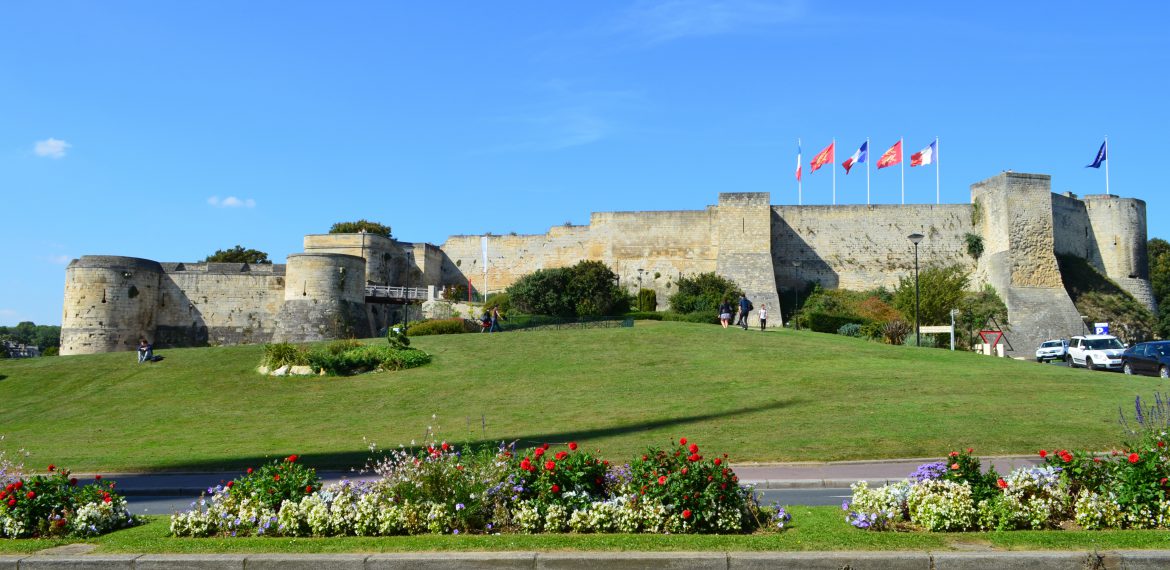
Concevoir des ouvrages côtiers avec un matériau éco-responsable, le géocorail
Résumé
Depuis plusieurs années maintenant, la société Seacure (anc. Géocorail)
développe un procédé électrochimique en eau saumâtre permettant la formation d’un matériau,
le géocorail. Ce matériau consiste en un substrat métallique sur lequel est déposé un mélange
de sédiments et de structures calcomagnésiennes. Divers programmes de recherches ont été
menés et/ou sont toujours en cours et portent sur la compréhension des mécanismes de
formation du matériau, sa durabilité, ses propriétés physico-chimiques, … Dans le cadre de ces
projets, des chantiers pilotes ont été effectués et nous proposons de présenter une de ces
réalisations en lien avec le renforcement d’ouvrages côtiers. Le cas présenté concerne la
réalisation d’une structure de stabilisation de pied de digue en gabions à empreinte carbone
réduite.
MOTS CLEFS : dépôt calcomagnésien, protection cathodique, électrochimie, génie côtier, solution
basée sur la nature.
Abstract
For several years now, the company Seacure (formerly Geocorail) has been
developing an electrochemical process in brackish water allowing the formation of a material,
the geocorail. This material consists of a metallic substrate on which a mixture of sediments
and calcomagnesian structures is deposited. Various research programs have been conducted
and / or are still underway and focus on understanding the mechanisms of formation of the
material, its durability, its physicochemical properties, … Within the framework of these
projects, pilot worksites have been carried out and we propose to present one of these
achievements in connection with the reinforcement of coastal structures. The case presented
concerns the realization of a structure of stabilization of foot of dyke in gabions with reduced
carbon footprint.
KEYWORDS: calcareous deposit, cathodic protection, electrochemistry, coastal engineering, nature
based solution.